
What are the lawns and rules for their cultivation Plot.
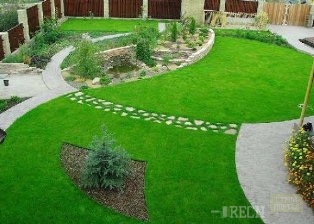
Even the most modest gardening of sin does not decorate the lawn. Herbal cover as the main element of landscape design combines two important qualities: decorativeness and practicality. Growing the lawn on its own every year is becoming increasingly popular.
The article tells about the species of lawn, highlights the preparation stages for the device of artificial herbal carpet and the basic rules of landscaping of the preservation area.
Content
For what is needed artificial grass
Today, the presence of man-made lushes on many household plots has two goals:
- Aesthetic. Artificial herbal coating is a start for the further decorative design of the site. The lawn will become an excellent background for the Alpine slide, a small reservoir or intricate flower beds.
- Constructive. The growing of the lawn is not deprived of a purely practical meaning. The root layer of the lawn coating provides a sufficient level of air humidity, protects the soil from erosion.
Types of lawn
The classification of lawns by species is the type of application. The decorative type of herbal coating is a binding element for the rest of the garden (trees, stones, Korjig), sports lawn is ideal for children's games and exercise, and a rolled grass - a real paradise for lovers to be sought with a book in the fresh air.
Decorative lawn
Includes the following types of coatings:
- Parter's lawn - elite. Its "raisin" in a flat tight surface of a homogeneous color and low grass. This is a definitely winning option for the main parts of the architectural buildings of the garden, on the background of velvet grass, fountains and decorative reservoirs look different. The main condition for the growing of such a lawn - the area of \u200b\u200bherbal coating in size should exceed the area of \u200b\u200bother elements of the composition.
- Ordinary lawn is known as the garden-park. His place in the squares, gardens and parks. This dense coating with wide juicy blades is distinguished by enviable longevity, resistant to high temperatures, is not afraid of mechanical damage. Universal and practical lawn for children's race and picnics.
- Mauritan lawn with its appearance resembles a colorful mosaic. Create such lawns, adding in an already growing grass from 8 to 30 species of low-level narrowed herbs and wildflowers. For the Mauritan lawn, seeds of nasturtium, poppy, cornflower, calendula, clover, daisies are used.
- The meadow lawn is similar to Moorish, but externally more modest. In large areas of parks sow three-five types of perennial cereals: Timofeevka, meadow oatonese, Grebenik, Lena. The characteristic feature of such a lawn is easy nestness.
Sports lawn
This herbal coating is grown with a definite purpose - for sports, for playing in golf or football. Elastic grass of such a special lawn is not afraid of high loads and bad weather.
Rolled lawn
Unpretentious and simple in laying a rolled lawn looks like a reservoir of the finished turf, on which the grass is growing. With its name, the rolled lawn is obliged to the method of transportation - it is transported, like a carpet, in a roll. The main advantage of this type of coating is that it is established very quickly compared to the sowing lawn. With the help of the ready lawn, it is easy to change the location of the tracks in the garden, change the length and width at will.
The main rules of the lawn device
Preparation of the territory
Proper planning of the territory - first of all. The plot where the green lawn will soon have to be smooth. From small bumps and depressions will not remain a trace, if you remove a small layer of the Earth or, on the contrary, to plunder a little soil. Optimal place for the future lawn Cover the fertile layer of land from 8 to 15 cm. Pre-deliver the ground from garbage, weeds and their roots.
Drainage
Good drainage is considered one of the main conditions for the successful cultivation of any kind of lawn. Best of all, the water absorbs the sandy soil, he does not need additional drainage. Please note the drainage system assumes the presence of small slopes (2-3 °) to the side where the drain is located. But to save clay soil from excess water, get ready to try a little.
Your task is to make at least the simplest system of drainage on the site. Remove about 15 cm of the upper fertile part of the soil. Now think about how and where to form the slopes so that the water is not stood. Cover the lower part of the soil with a layer of gravel, stones, or broken brick size about 10 cm, thoroughly confuse.
The next sandy pillow in the queue - her layer width 10 cm also pretty accumulate. Finally, lay the previously cleaned fertile soil in place, thoroughly align and see the resulting part of the roller, weighing at least 100 kg. This serious business technique can be replaced by a big barrel. Fill it up to the top with water and close the drain hole tightly.
Priming
To reveal the entire potential of the lawn cover, prepare for its cultivation high-quality soil. No need to be content with a natural layer of soil on your site: very often its quality characteristics are not suitable for lawn grass.
Average density indicators, volumetric weight 0.8-1.3, good water and air permeability, feederness and neutral pH reaction - these are the parameters of the optimal soil for an artificial lawn. Natural black soil fully complies with these requirements. A specially prepared mixture is suitable: connect in equal proportions peat, sand and squeeze ground, add lime and mineral fertilizers there.
Demolition of weed grass
During any soil resistance, you strive to choose as much unnecessary roots as possible. To combat weeds, spend targeted soil perplex, after which a few days in a row water a diverse water with water - on shooting you can calculate the remaining weeds.
The indispensable stage in the preparation of the soil to the cultivation of lawn is its chemical processing. Choose a dry little days for this procedure and treat the soil with a herbicidal agent (Euro-Layning, Tornado). To destroy the most resistant weed cultures, spend the soil spraying 1 time per week for a month.
After the fight against perennial weeds, the soil needs to be rested. Heavy clay soil Do not forget to mix with sand (on average 10 kg of sand per 1 m2), and in the light sandy soil, make at least 5 kg of peat per 1 m2. Screw the land to a depth of approximately 25 cm. This means that if the width of the fertile layer is less than 15 cm, you need to buy additional soil.
Basic requirements for sowing
Half of the work is done, now you can go sowing or leave the prepared ground for the winter to start sowing in the spring. It is best to plant seeds in spring or at the end of summer. If you are planning sowing in July, think if you can provide searches with stable irrigation. In the fall, the grass will germinate slower, so try to determine the time of sowing so that before the arrival of the first cold, the sprouts rose to 10 cm.
The second half of October-beginning of November is not suitable for sowing - you risk losing about half of your seeds, and the surviving, as a rule, rose unevenly. Immediately before sending seeds into the soil, enter a special starting fertilizer to the soil, which activates the growth of the future lawn and strengthen its root system. It consists of a means of one part of nitrogen, four pieces of phosphorus and four parts of potassium.
On the eve of the sowing generously moisture the top of the soil. For sowing, choose a ride dry day without wind. Seeds divide into two parts: one sit down along the future lawn, the second - across. Do not deepen the seeds (the optimal depth of up to 1.5 cm), otherwise they will not be able to break through the thickness of the Earth. To visually assess the seed density, seeds mix with sand 1: 1. When the seeds are planted, put the sowing plot with something heavy (all the same barrel, for example) - so you will speed up the appearance of the first sprouts. As a final procedure, cover the surface of the soil with a small layer (up to 1 cm) peat mulch.
The inhabited territory watered every day, 1 m2 of the site should "drink" at least 8-10 liters of water. In order not to wash your soil seeds not yet rooted, use a glass with a small sprinkler. Expect the first sprouts 7-20 days after landing.
Specificity of growing of different types of lawn
Features of growing and lawn care determines its appearance. Only bypiring all the characteristic features of each herbal coating, you can proceed to the design of the site.
Parteri lawn
Seeds for this lawn germinate slowly, and they will grow not as fast as you would like. Before you begin to sow, make sure whether you have thoroughly prepared and crushed the soil, because the parter lawn will not get bumps, nor depression. Herbs that make up this type of lawn, necessarily perennial. Choose a field thin, canine field, red oatmeal, sheep and long-grade. Such low-spirited cereal plants form a dense and uniform grass of a monochon emerald shade.
Ordinary lawn
Seeds for growing ordinary lawn germinate pretty quickly. They cost much cheaper than partner seeds. The grass of such a coating needs a frequent haircut, because it grows very quickly in the summer. If they are armed with a high-quality lawn mile with cylindrical blades, it will leave very spectacular alternating dark and light stripes on an ordinary lawn. It is best to form a herbal coating of mint-meadow seeds - meadow, oak, annual; Common and Timofeevka Grebekoye.
Moorish lawn
The grass requires a bowl just once a year (the height of the beveled grass is about 10 cm). The lawn is very unpretentious to the soil: with the same pleasure it grows both on fertile and "fresh" soils. The only condition for such a coating is the abundance of sunlight. Annual plants, of which the Mauritanian motley "carpet" are not afraid of drought, bloom all summer months.
Meadow lawn
With a meadow lawn is even easier: he doesn't need a haircut at all! Such herbal coatings are grown by hiding certain cultures to those that have grown naturally. For the formation of a beautiful lawn, herbal cultures are used, suitable for growing a frame lawn, adding part of the rolling cereals and legume plants to them. These are all kinds of bunting, clover, dusty, field mint, spikelets fragrant, Timofeevka, Lena.
Sports lawn
It is never placed in a place where the level of groundwater is above 65 - 70 cm from the surface. For the device of such a lawn, a mixture is suitable, consisting of 8 species of seeds, among which one will prevail (up to 45-60%). As a rule, the main culture becomes red-haired. The remaining components of the mixture can be a comb-rival, oatmeal meadow, prayer pills, white, creeping and ordinary field.
Ready lawn
Rolled lawn laid out on the ground very quickly forms the root system, and in two weeks it is already possible to walk! And this is not all the advantages of ready lawns: he has a thick turf and no weeds. It can be laid even on the frozen land.
How to put a ready lawn on your own
First arm with a wheelbarrow, robbles, shovel and lawn rink. After laying out the lawn, it is immediately necessary to pour it.
- Expand roll. Keep in mind that the lawn brought to the section can not be held for a long time, otherwise the Dernina will begin to shrank and rot in the middle of the roll.
- Exactly spread the deployed roll, pre-prepared (clearing and explode) soil. The layers of the finished lawn should fit tightly to each other, without cracks (Fig. 13).
- Place the lawn web. The lawn is condensed with a rink across the joints. Work carefully - do not brush the turin on the turns. Before the procedure, slightly moisten the canvas.
- Form the edge of the resulting site using a shovel.
- Regularly water the finished lawn. The first 7-9 days to do it daily. Otherwise, take care of the rolled lawn, as well as for the usual sowing. To make sure that there is sufficient moisture of the lawn coating, lift the corner of the canvas in several places.
New comments
Add a comment
To send a comment you need authorize.




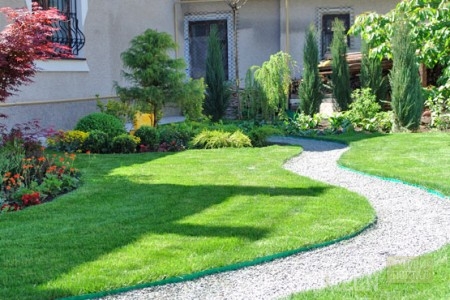
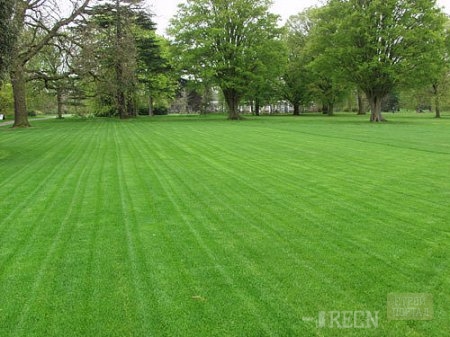
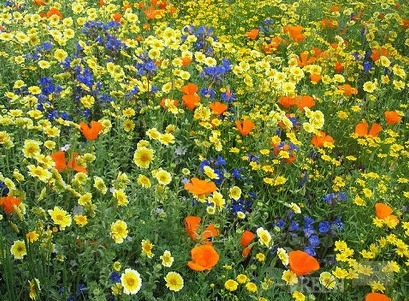
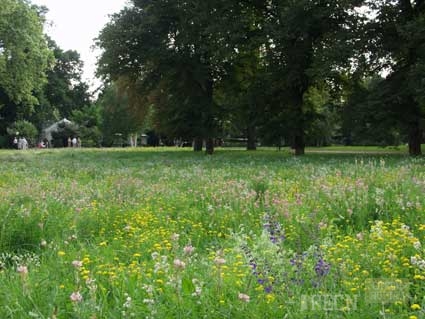
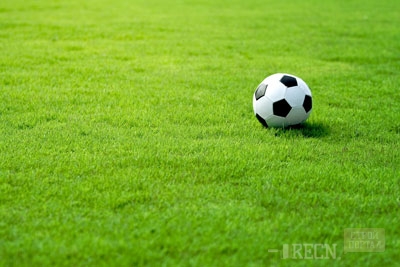
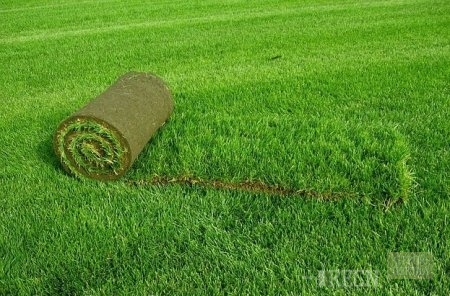
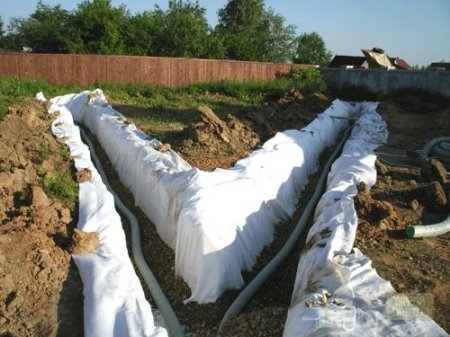
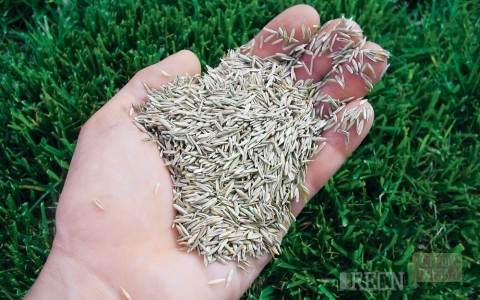
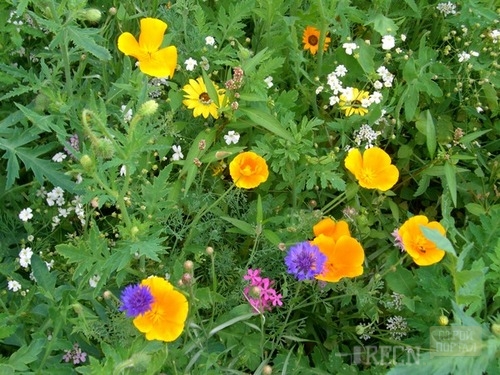
















And how to choose the seeds of lawn grass? What firms are preferable?